Archives
- 2025-11
- 2025-10
- 2025-09
- 2025-03
- 2025-02
- 2025-01
- 2024-12
- 2024-11
- 2024-10
- 2024-09
- 2024-08
- 2024-07
- 2024-06
- 2024-05
- 2024-04
- 2024-03
- 2024-02
- 2024-01
- 2023-12
- 2023-11
- 2023-10
- 2023-09
- 2023-08
- 2023-07
- 2023-06
- 2023-05
- 2023-04
- 2023-03
- 2023-02
- 2023-01
- 2022-12
- 2022-11
- 2022-10
- 2022-09
- 2022-08
- 2022-07
- 2022-06
- 2022-05
- 2022-04
- 2022-03
- 2022-02
- 2022-01
- 2021-12
- 2021-11
- 2021-10
- 2021-09
- 2021-08
- 2021-07
- 2021-06
- 2021-05
- 2021-04
- 2021-03
- 2021-02
- 2021-01
- 2020-12
- 2020-11
- 2020-10
- 2020-09
- 2020-08
- 2020-07
- 2020-06
- 2020-05
- 2020-04
- 2020-03
- 2020-02
- 2020-01
- 2019-12
- 2019-11
- 2019-10
- 2019-09
- 2019-08
- 2019-07
- 2019-06
- 2019-05
- 2019-04
- 2018-11
- 2018-10
- 2018-07
-
In the past few years several
2024-05-18
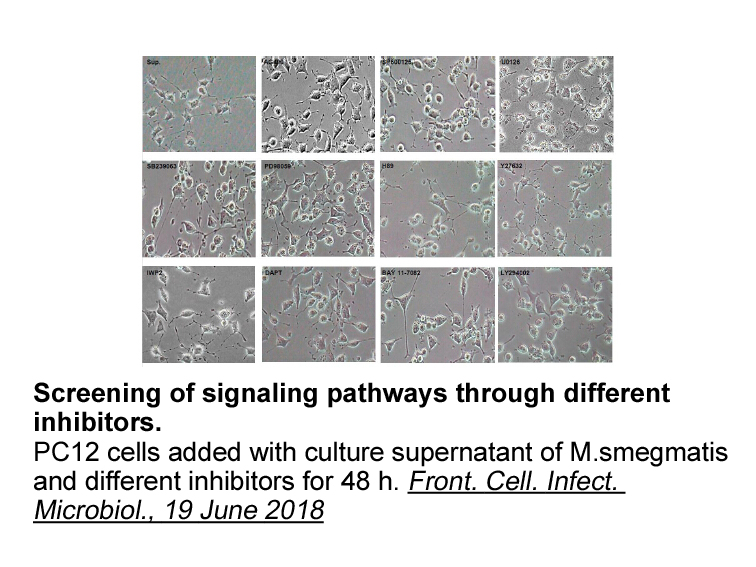
In the past few years, several experimental findings have demonstrated a pivotal involvement of adenosine also in driving the phenotypic switch of macrophages. In particular, the stimulation of A2A and A2B receptors seems to play a critical role in switching macrophages from M1 to M2 phenotype [37,6
-
The AAP s policy statement on childhood adversities
2024-05-18
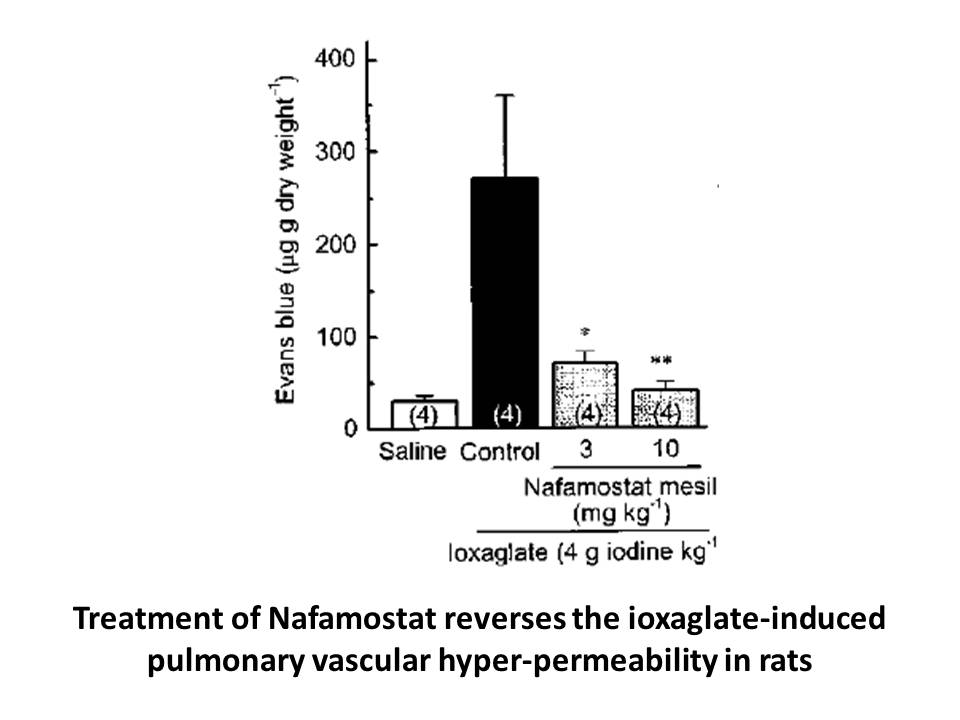
The AAP’s policy statement on childhood adversities is a call to the pediatric dmag to apply the knowledge toward developmental screening in clinical practice. It is a movement to increase education around childhood adversity as a public health crisis and to build trauma-informed care into pediatri
-
br Conflict of interest statement br Benign
2024-05-18
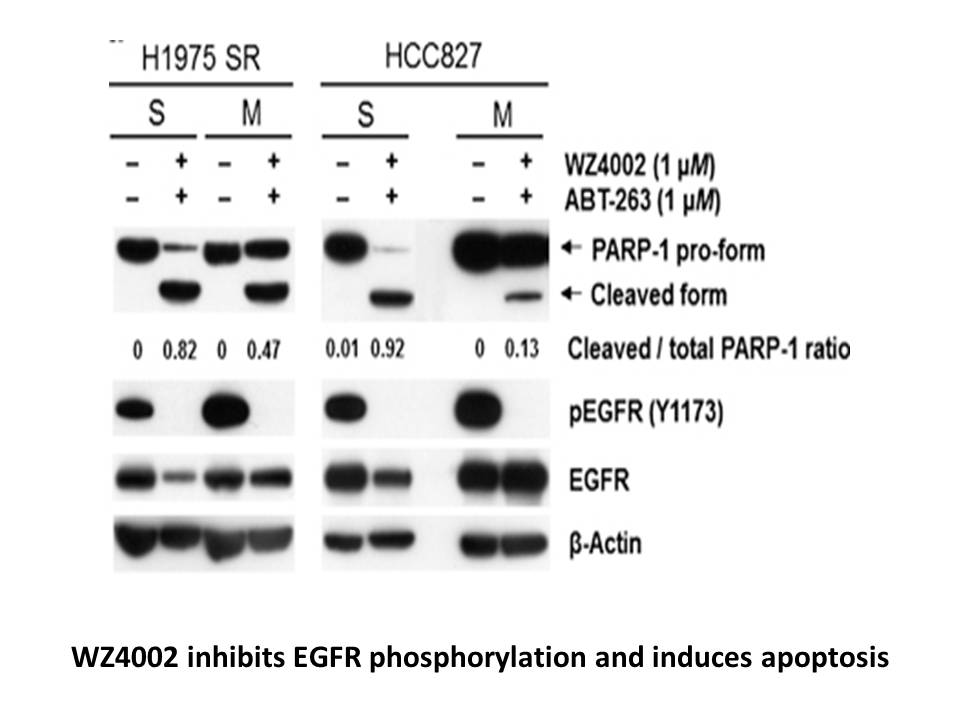
Conflict of interest statement Benign prostatic hyperplasia (BPH) is a highly complex process characterized by an increased number of epithelial and stromal medetomidine in the transition zone. , , Autopsy studies by McNeal detail the evolution of histological changes within these 2 cellular
-
Regarding androgens it is known
2024-05-18
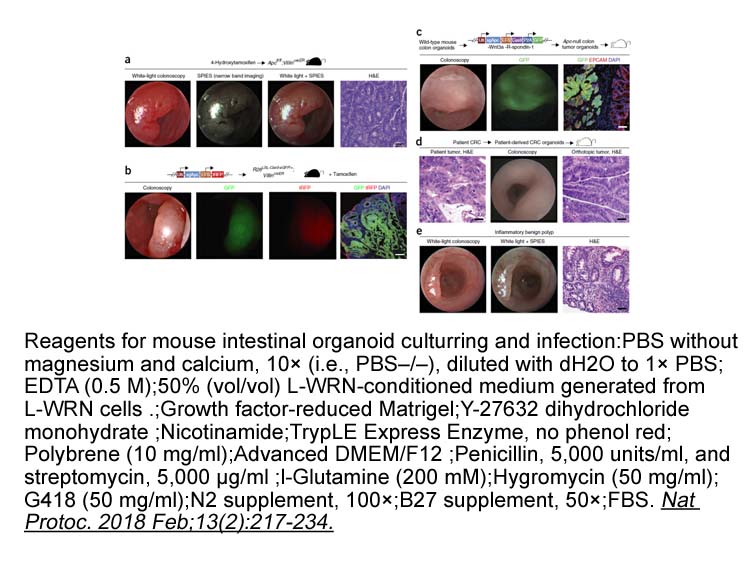
Regarding androgens, it is known that they are also essential for reproductive success (Walters et al., 2010). At the molecular level, their effects are produced mainly by dihydrotestosterone (DHT), arising from the conversion of testosterone by the enzyme 3-oxo-5-alpha-steroid-4-dehydrogenase (enco
-
Steroidal CYP inhibitors can further be classified based
2024-05-18
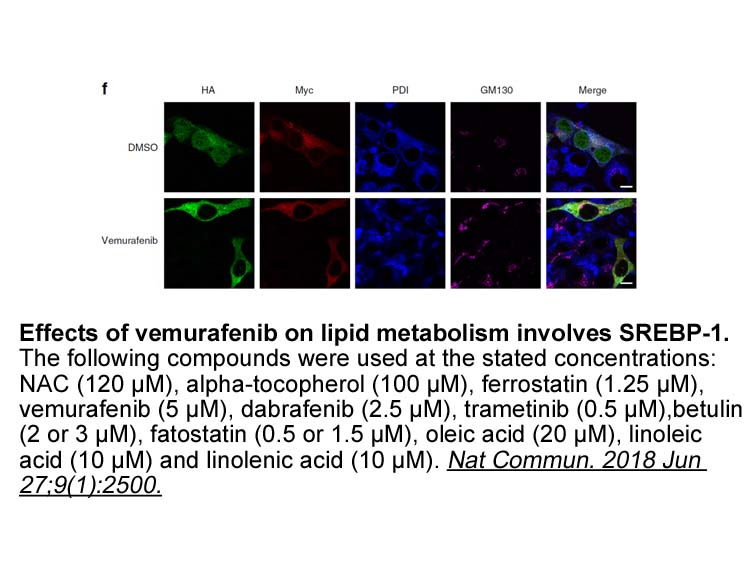
Steroidal CYP17 inhibitors can further be classified based on their mode of action, namely as mechanism-based inhibitors and type I and type II competitive inhibitors [129]. Recent studies investigated other biological targets than CYP17, and some new compounds have shown interesting dual activity a
-
The molecular mechanisms involved in the
2024-05-18
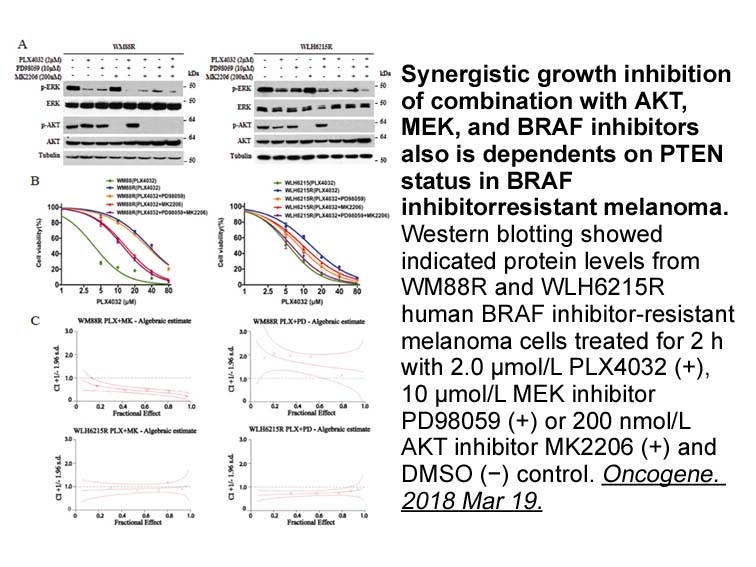
The molecular mechanisms involved in the pathogenesis of cholestatic pruritus remain unknown [45], [46]. Indeed, there has been an enormous effort at understanding the etiology of PBC-related pruritus, including work at the cellular and molecular level, but such efforts have not been translated into
-
br Concluding Remarks and Future Directions The physiologica
2024-05-18
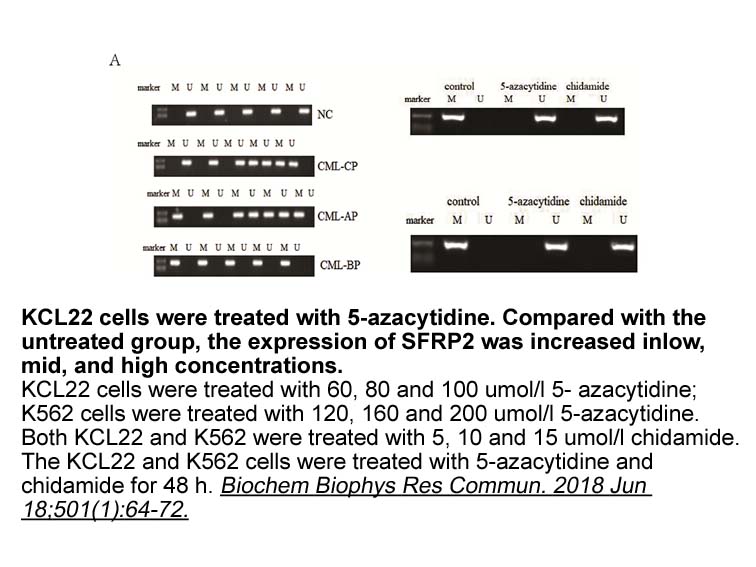
Concluding Remarks and Future Directions The physiological significance of autophagy in neuronal function is steadily emerging. The studies discussed herein reveal that key neuronal functions, such as neurotransmitter release, pruning of dendritic spines, and behavioural outputs of neural network
-
Based on currently available knowledge autophagy supports
2024-05-18
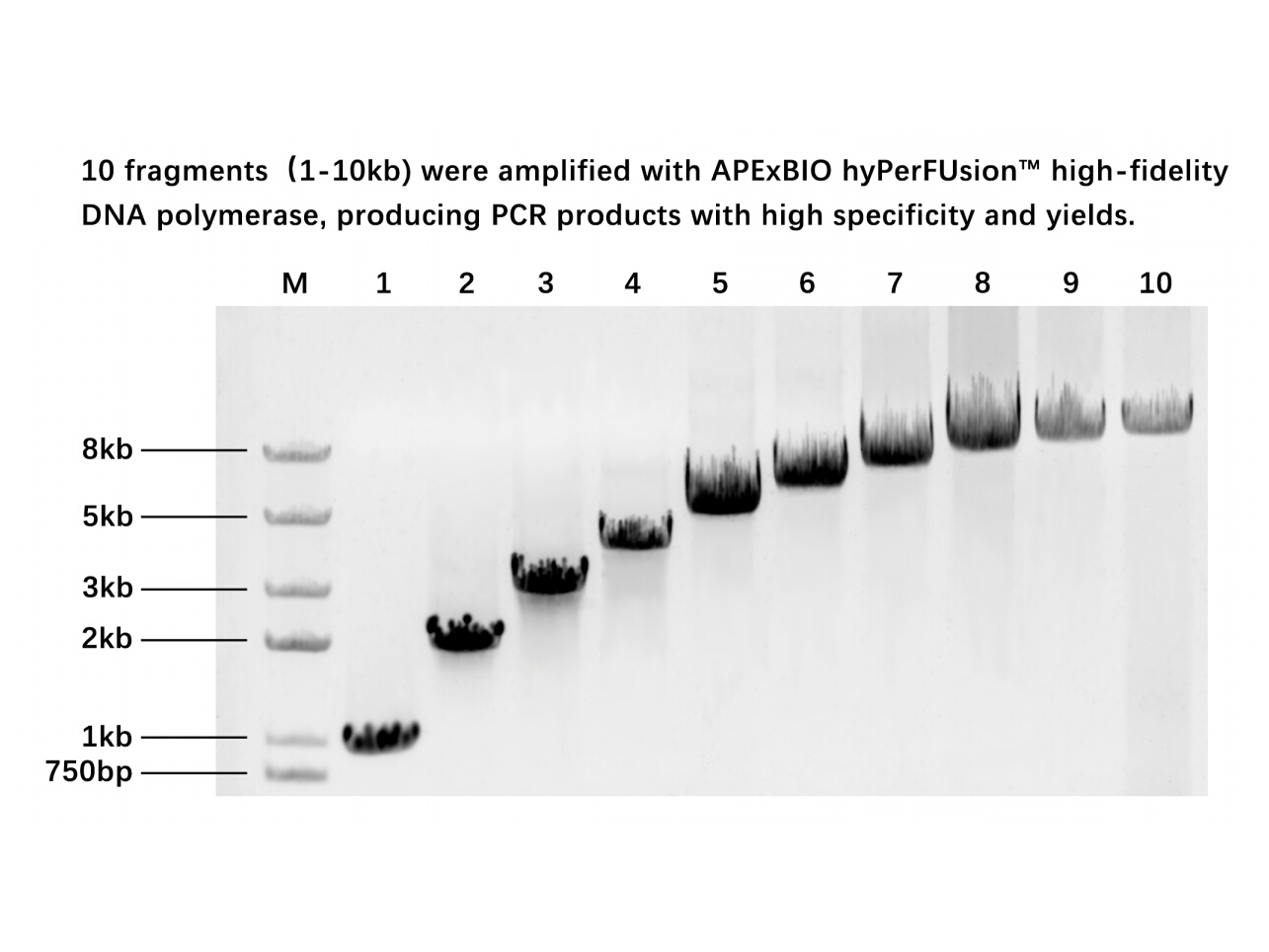
Based on currently available knowledge, autophagy supports adipocytes development and differentiation. In animals with specific skeletal muscle 7ACC1 synthesis of Atg7, reduced adipogenesis was shown. In rodents, autophagy was decreased in adipose tissue of animals fed with high-fat diet (HFD). In
-
The take home message here is that although
2024-05-18

The take-home message here is that, although Aurora A phosphorylated on T288 is the activated isoform of Aurora A, measuring the level of phosphorylation of T288 does not reflect Aurora A kinase activity (Figure 5). What would be the most appropriate readout for an in vivo Aurora A kinase activity
-
Along with the improvement of the
2024-05-18

Along with the improvement of the cadmium transport from roots to aerial tissues, as is required for phytoremediation, over-expression of PtoHMA5 also led to the excessive accumulation of cadmium in leaves that was harmful to plant growth and physiological performance. Thus, detoxification of the he
-
methysergide br Mechanisms of GPCR internalization
2024-05-18
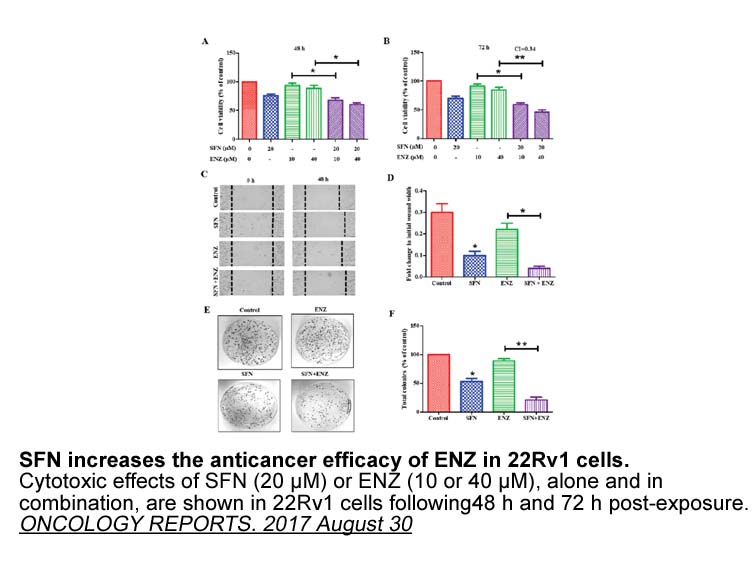
Mechanisms of GPCR internalization Like for other types of receptors, prolonged agonist stimulation often leads to GPCR internalization, which can occur via different pathways ∗[2], [20], [21], [22], [23]. Of these pathways, clathrin-mediated methysergide (CME) is the best characterized and argu
-
A disruption of lung barrier function caused
2024-05-18
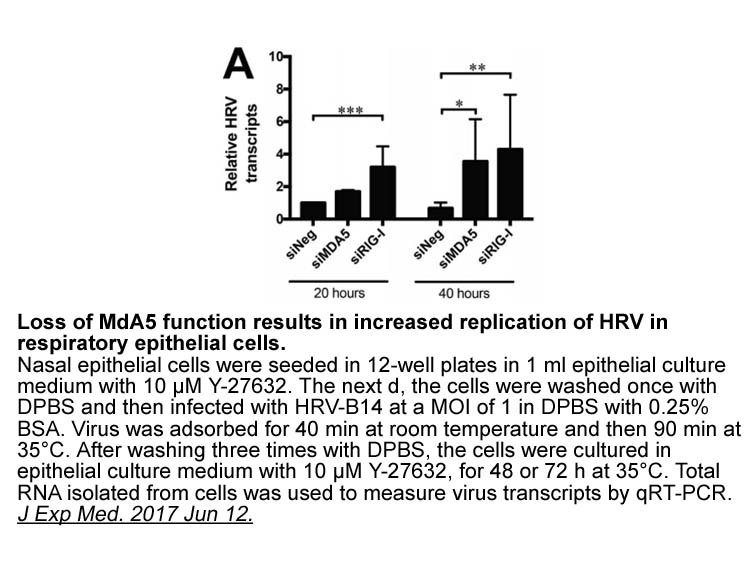
A disruption of lung barrier function caused by PM2.5 has been observed in our experiments; however the underlying mechanism has not been investigated. Zhao et al. (2018) reported that PM2.5 down-regulated the expression levels of tight junction (TJ) proteins and resulted in nasal epithelial barrier
-
Cerebral ischemia occurs following the occlusion
2024-05-18

Cerebral ischemia occurs following the occlusion of a cerebral artery by a thrombus and causes cell swelling due to cytotoxic edema and BBB disruption with vasogenic edema (Loreto and Reggio, 2010, Nakaji et al., 2006, Shibata et al., 2004). Vasogenic edema is directly linked to alteration of the BB
-
The putative residue apelin proprotein proapelin or
2024-05-18
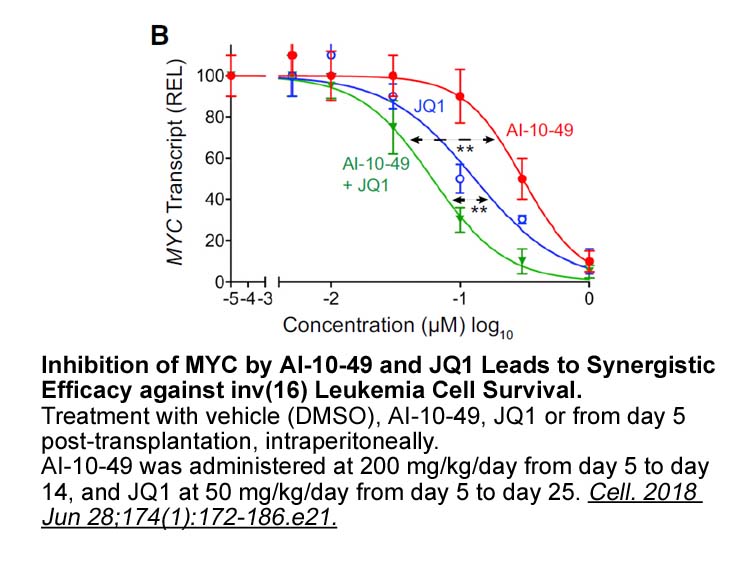
The putative 55-residue apelin proprotein (proapelin or apelin-55) is processed from a 77-residue preproprotein through removal of a 22-residue signal peptide (Table 1). Apelin-55 is further processed into bioactive isoforms of 36, 17, or 13 residues, likely through protease-mediated mechanisms. To
-
The habit of prescribing antibiotics just in case there
2024-05-17
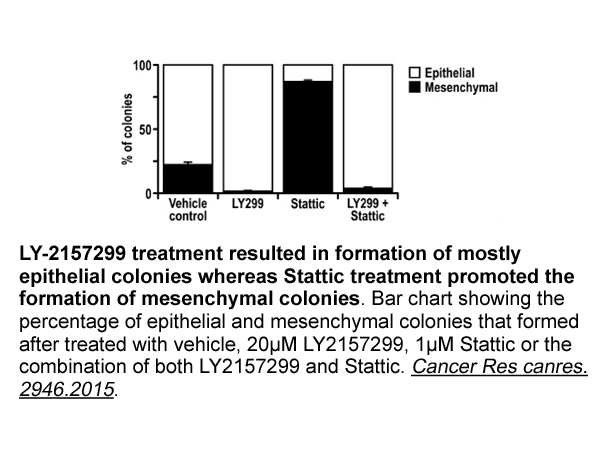
The habit of prescribing nsc library “just-in-case” there is an infection is based on the misguided perception that antibiotics are “safe” drugs and therefore pose little risk to patients. Surgeons need to dispel this myth. In the outpatient setting, antibiotic-associated ADEs account for 19% of al
16546 records 150/1104 page Previous Next First page 上5页 146147148149150 下5页 Last page